It’s been a tough job, but Sainsbury’s supply chain director is getting things back on track, says Rachel Barnes
When Sainsbury unveiled its ‘Try something new today’ slogan, chief executive Justin King said progress had been made to improve the customer offer, especially when it came to availability. But he conceded that there was still a long way to go and supply chain director Lawrence Christensen agrees: “We’ve made huge strides, but there’s still so much to do.”
However, a year since Christensen took on what some thought would be an impossible job, there are clear signs the UK’s number three food retailer is back on track. The four automated warehouses that dogged Sainsbury - “they were breaking down every day” - are now “actually above the planned capacity, each operating at 2.2 million cases picked and delivered a week, whereas the original target was two million,” he says. “This time last year it was more like 800,000. And 20,000 to 30,000 cases a day just weren’t being delivered.”
Gone are the high levels of out-of-stocks, thanks to a project concentrating on the store. A pilot store in Newbury has been used to get processes up to speed and create dedicated retail support teams. Says Christensen: “Last year, there was a culture within Sainsbury that to get availability right meant creating high wastage. Now we have implemented our Great Availability Kills Waste programme.”
It sounds simple, but delivery control has been a problem area. So much so that the company is looking at a new transport management system which would create a “central brain” for all vehicles, including suppliers’, controlled by Sainsbury. Some stores were receiving deliveries from three or more distribution centres, but they each now have a parent DC so there are not multiple lorries turning up at once.
“We had one instance last month where a delivery of fruit juice had not been correctly barcoded. But that’s the only problem I can think of recently,” says Christensen. This is a far cry from last year when, at the lowest point, the automated DCs were turning away 50% of deliveries due to non-compliance.
Now the retailer is looking at where it will be in a year. “RFID is pointless at the moment, but a year down the line we’d look to start with it in areas such as tray tracking within our fresh food operations,” says Christensen. This will be one of the challenges for Matalan supply chain director Roger Burnley, who joins in January and fully takes over in March, leaving Christensen working part time in a role yet to be decided by King.
“It has to be seen as a continuous journey; the road to excellence never ends. There’s always something and Roger will have his own challenges. But the basics have been fixed and he’ll be building on rock instead of sand.”
When Sainsbury unveiled its ‘Try something new today’ slogan, chief executive Justin King said progress had been made to improve the customer offer, especially when it came to availability. But he conceded that there was still a long way to go and supply chain director Lawrence Christensen agrees: “We’ve made huge strides, but there’s still so much to do.”
However, a year since Christensen took on what some thought would be an impossible job, there are clear signs the UK’s number three food retailer is back on track. The four automated warehouses that dogged Sainsbury - “they were breaking down every day” - are now “actually above the planned capacity, each operating at 2.2 million cases picked and delivered a week, whereas the original target was two million,” he says. “This time last year it was more like 800,000. And 20,000 to 30,000 cases a day just weren’t being delivered.”
Gone are the high levels of out-of-stocks, thanks to a project concentrating on the store. A pilot store in Newbury has been used to get processes up to speed and create dedicated retail support teams. Says Christensen: “Last year, there was a culture within Sainsbury that to get availability right meant creating high wastage. Now we have implemented our Great Availability Kills Waste programme.”
It sounds simple, but delivery control has been a problem area. So much so that the company is looking at a new transport management system which would create a “central brain” for all vehicles, including suppliers’, controlled by Sainsbury. Some stores were receiving deliveries from three or more distribution centres, but they each now have a parent DC so there are not multiple lorries turning up at once.
“We had one instance last month where a delivery of fruit juice had not been correctly barcoded. But that’s the only problem I can think of recently,” says Christensen. This is a far cry from last year when, at the lowest point, the automated DCs were turning away 50% of deliveries due to non-compliance.
Now the retailer is looking at where it will be in a year. “RFID is pointless at the moment, but a year down the line we’d look to start with it in areas such as tray tracking within our fresh food operations,” says Christensen. This will be one of the challenges for Matalan supply chain director Roger Burnley, who joins in January and fully takes over in March, leaving Christensen working part time in a role yet to be decided by King.
“It has to be seen as a continuous journey; the road to excellence never ends. There’s always something and Roger will have his own challenges. But the basics have been fixed and he’ll be building on rock instead of sand.”



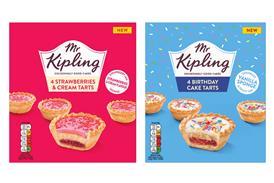



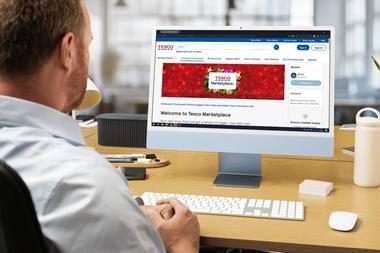


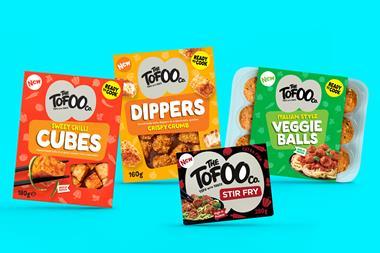

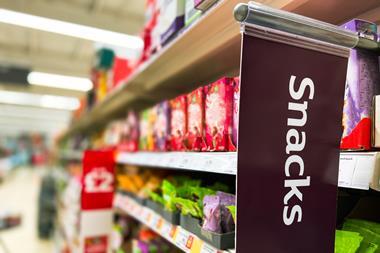

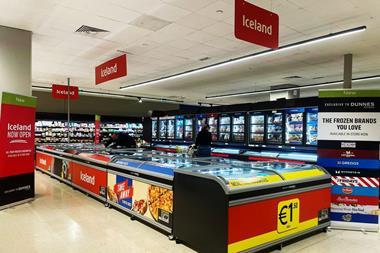
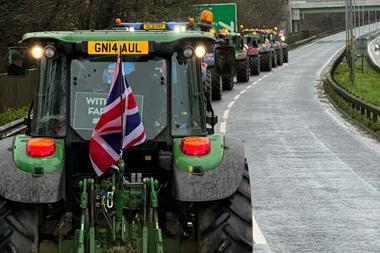



No comments yet